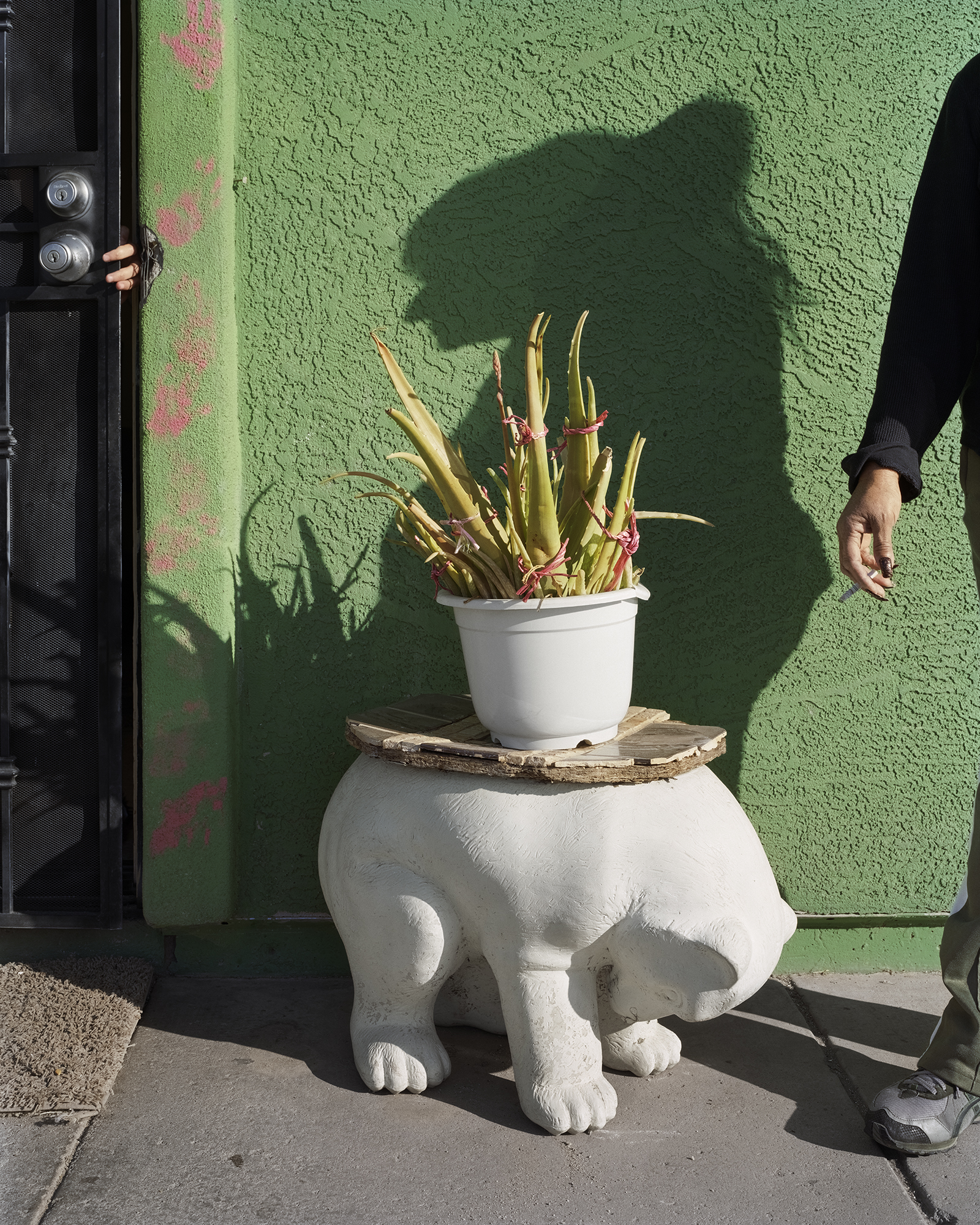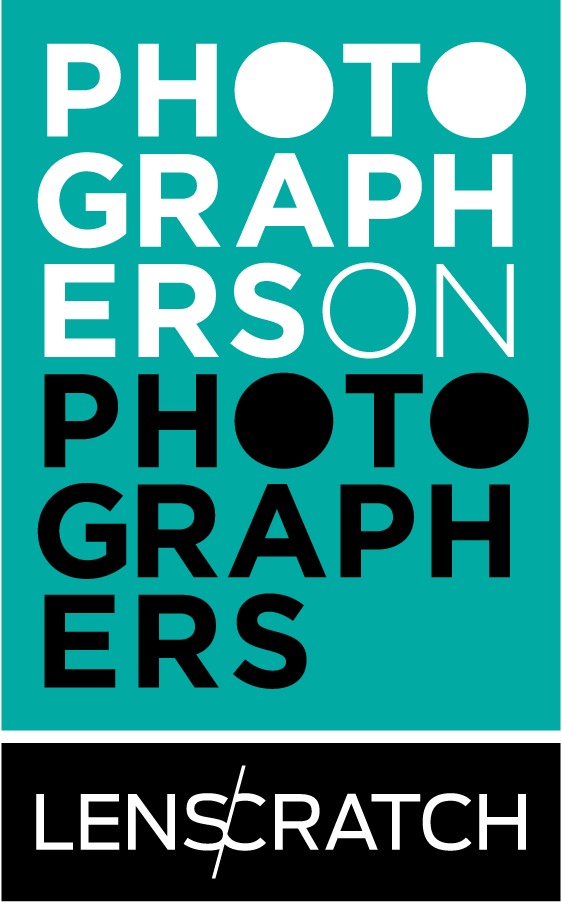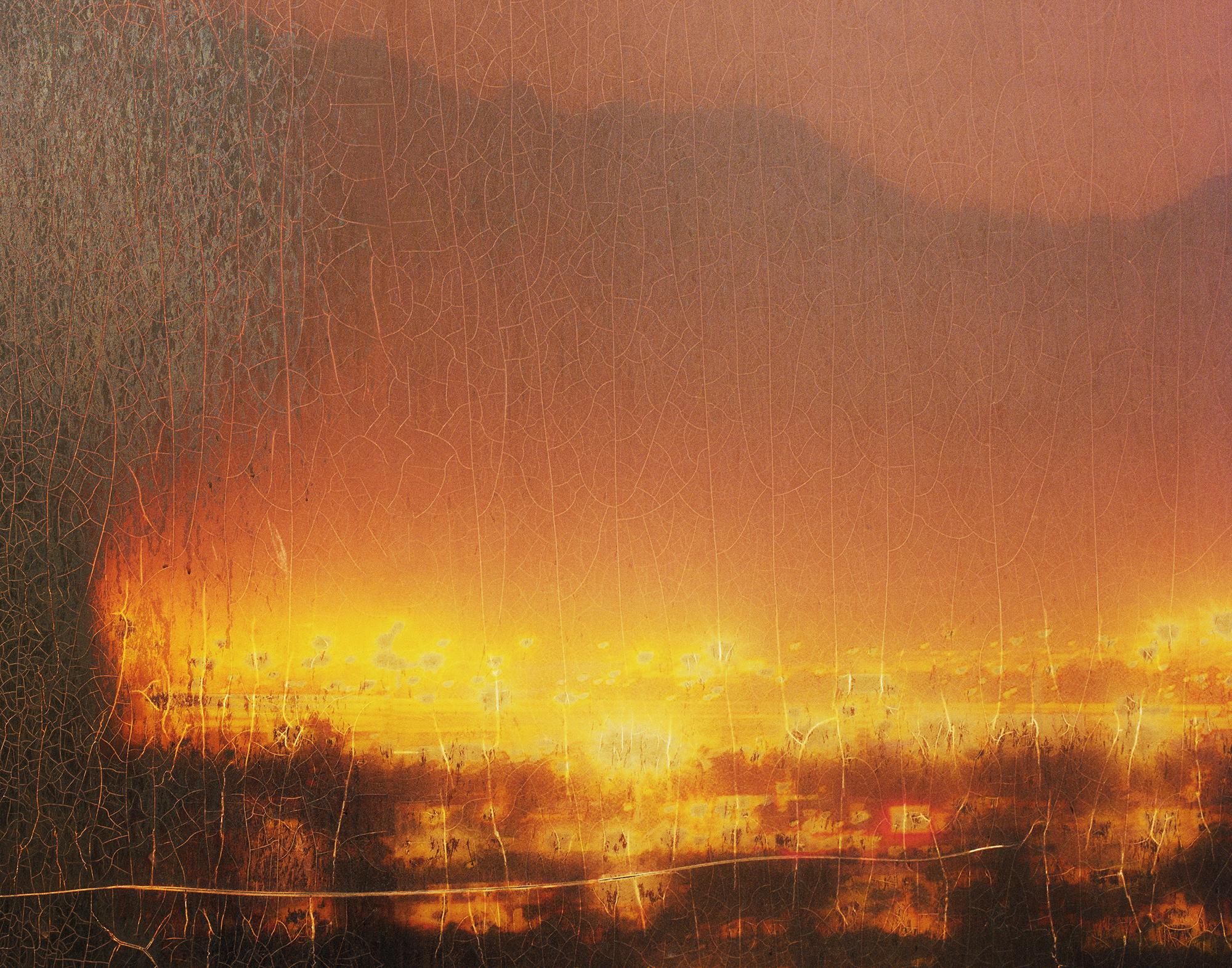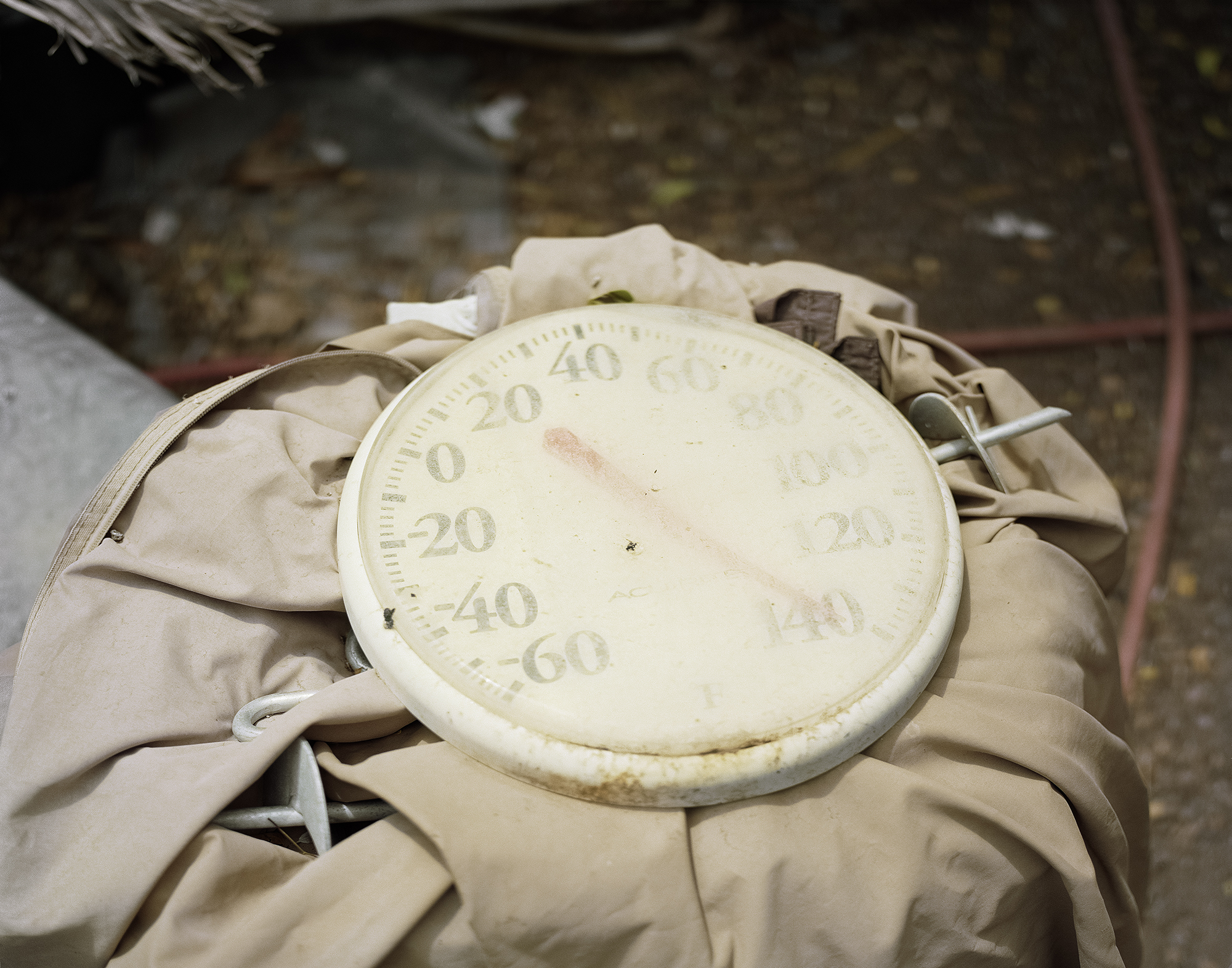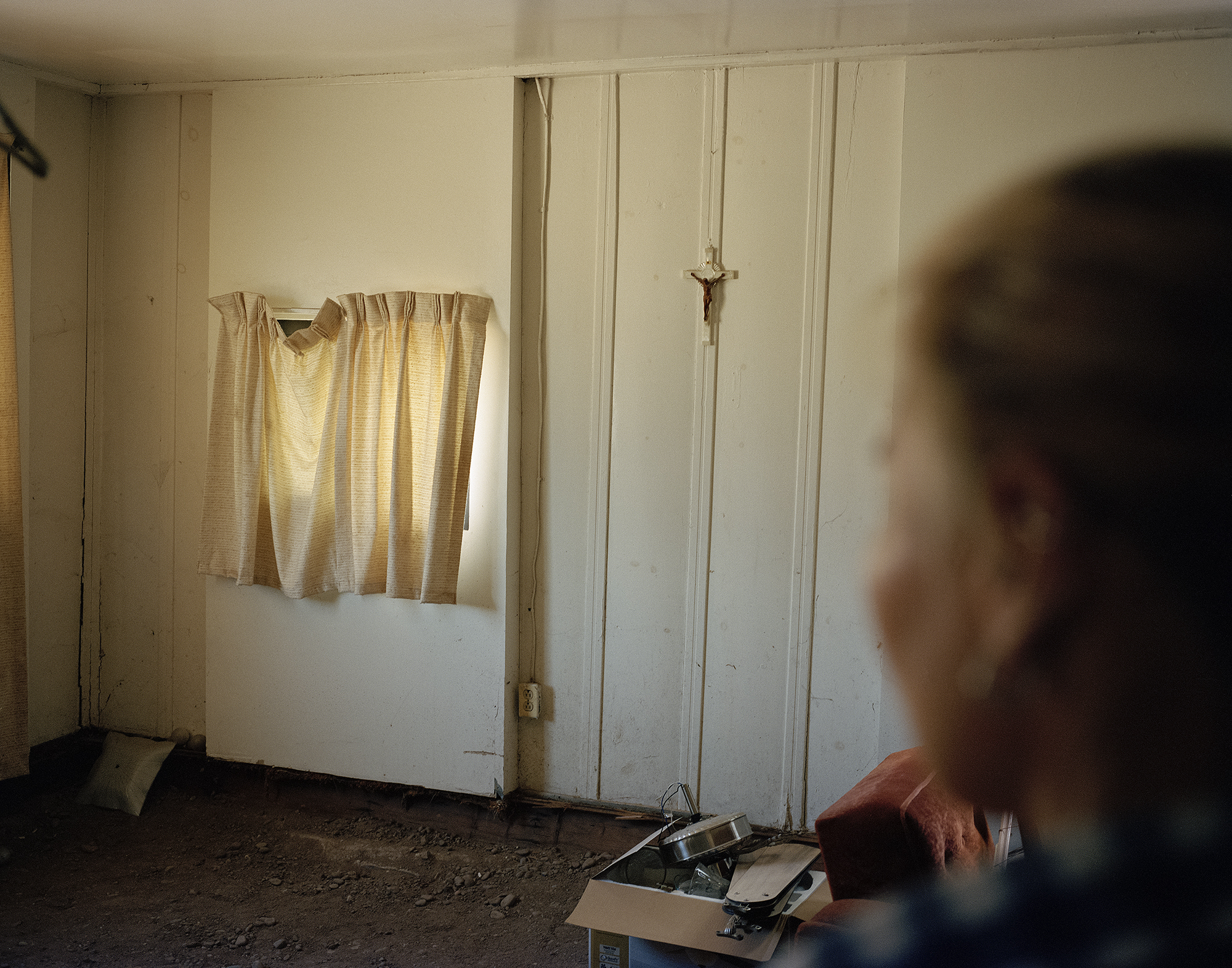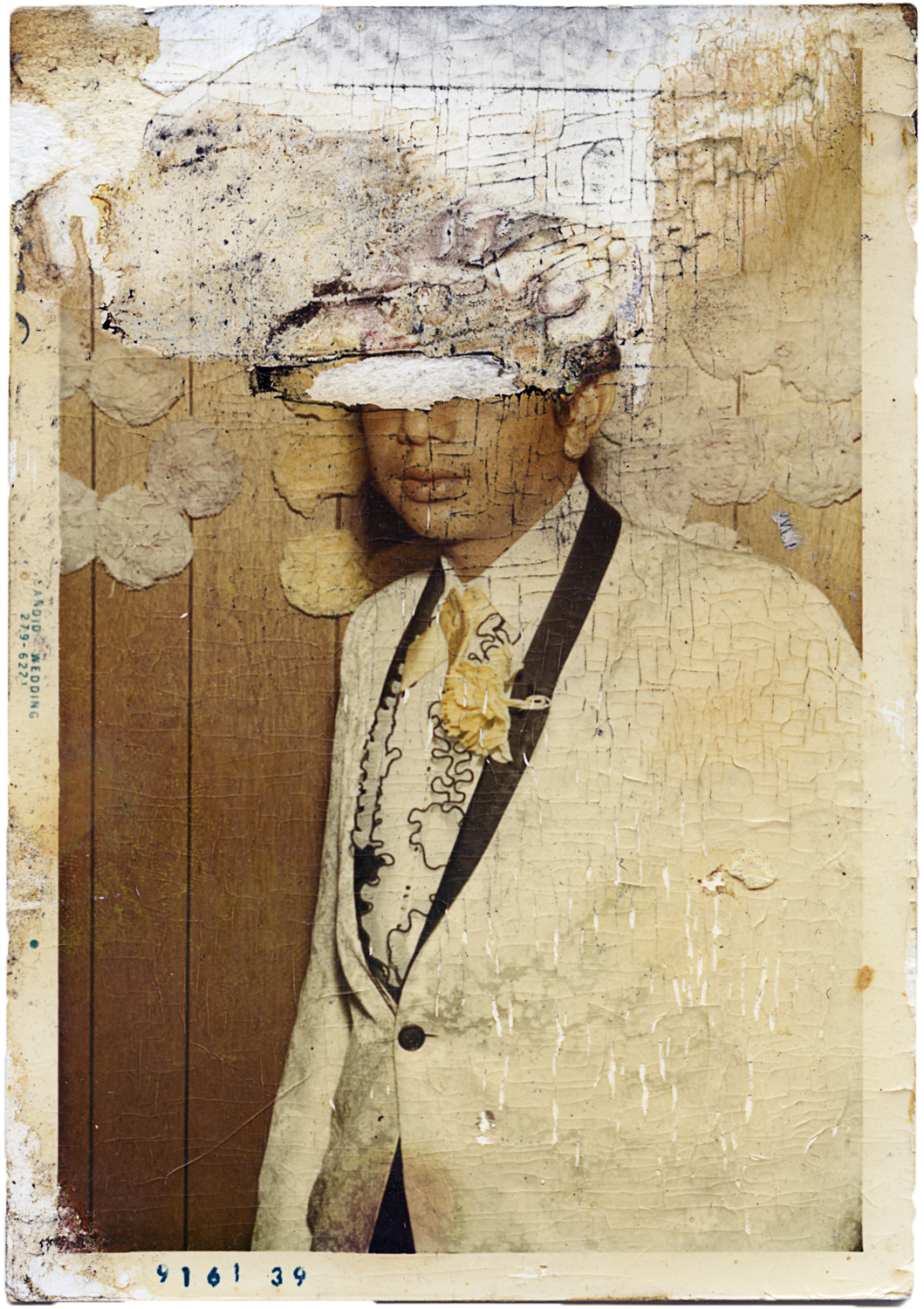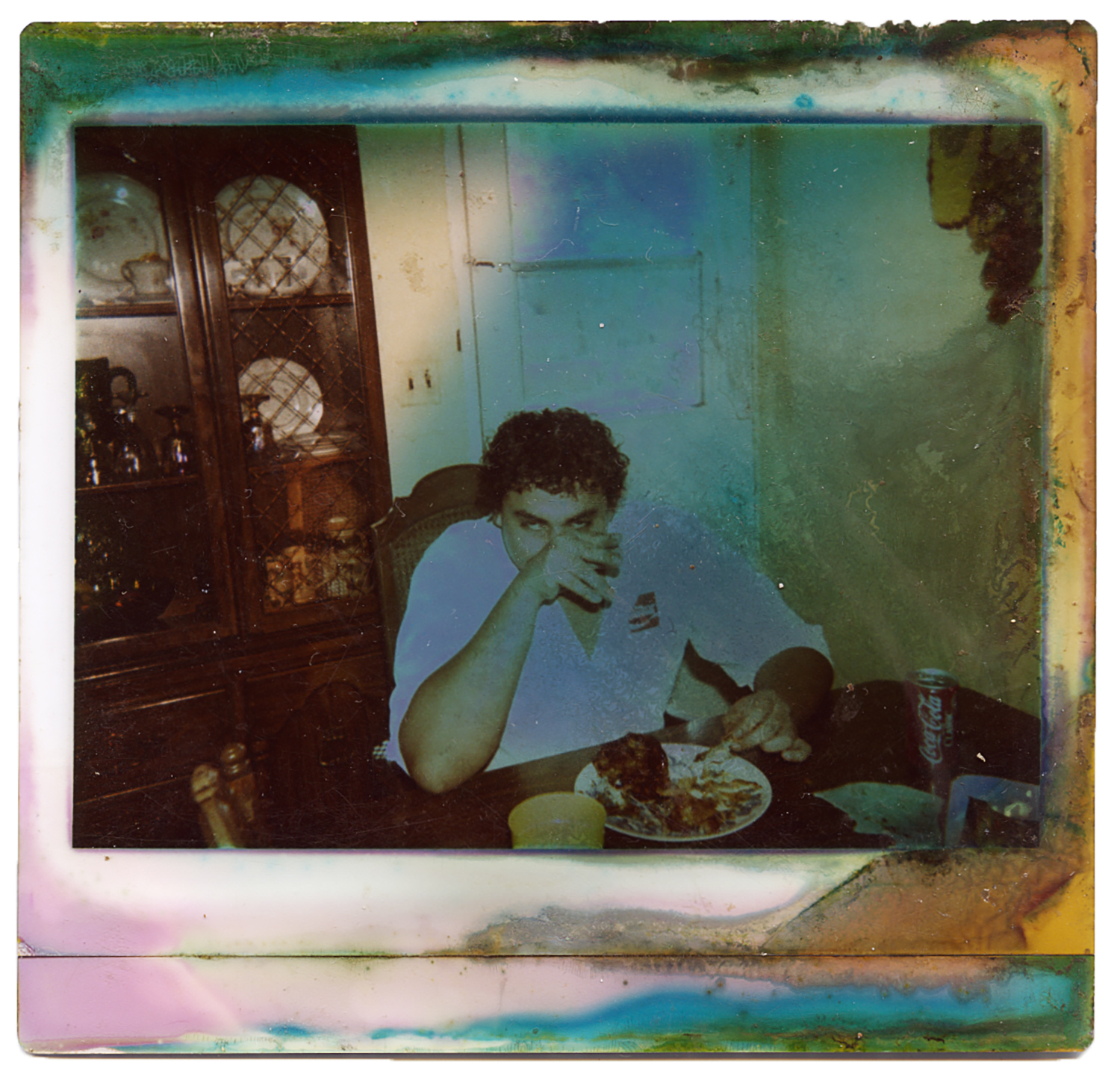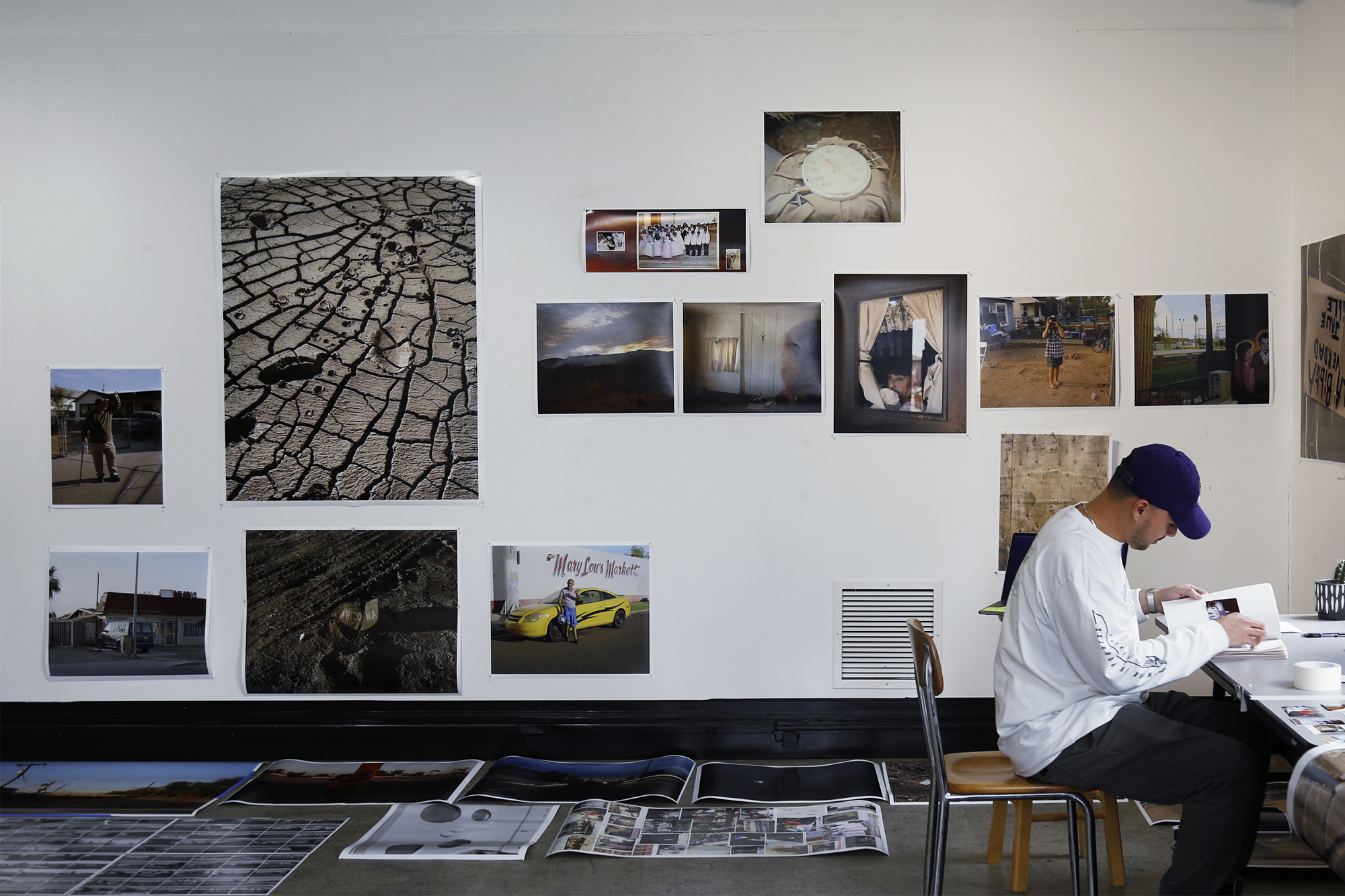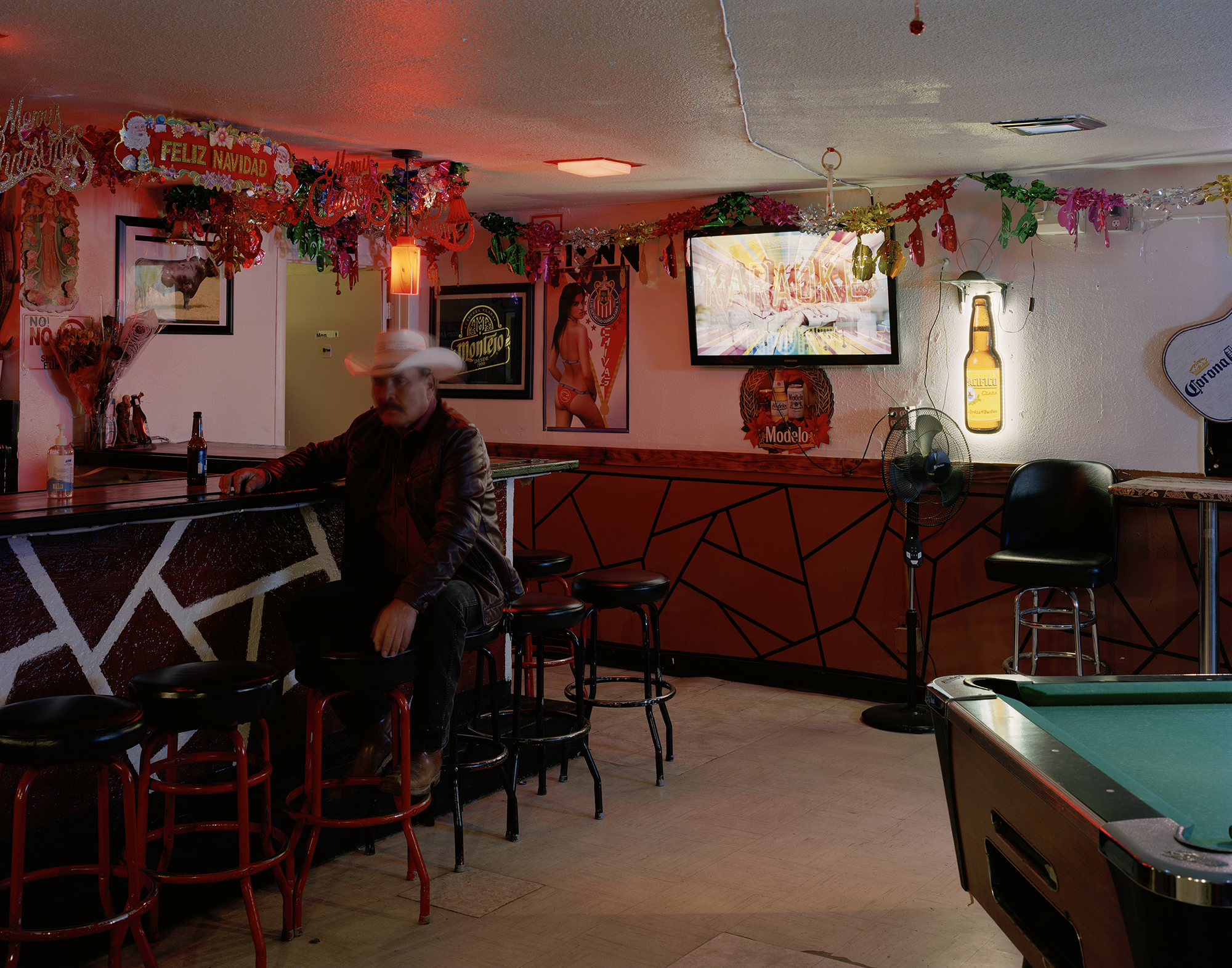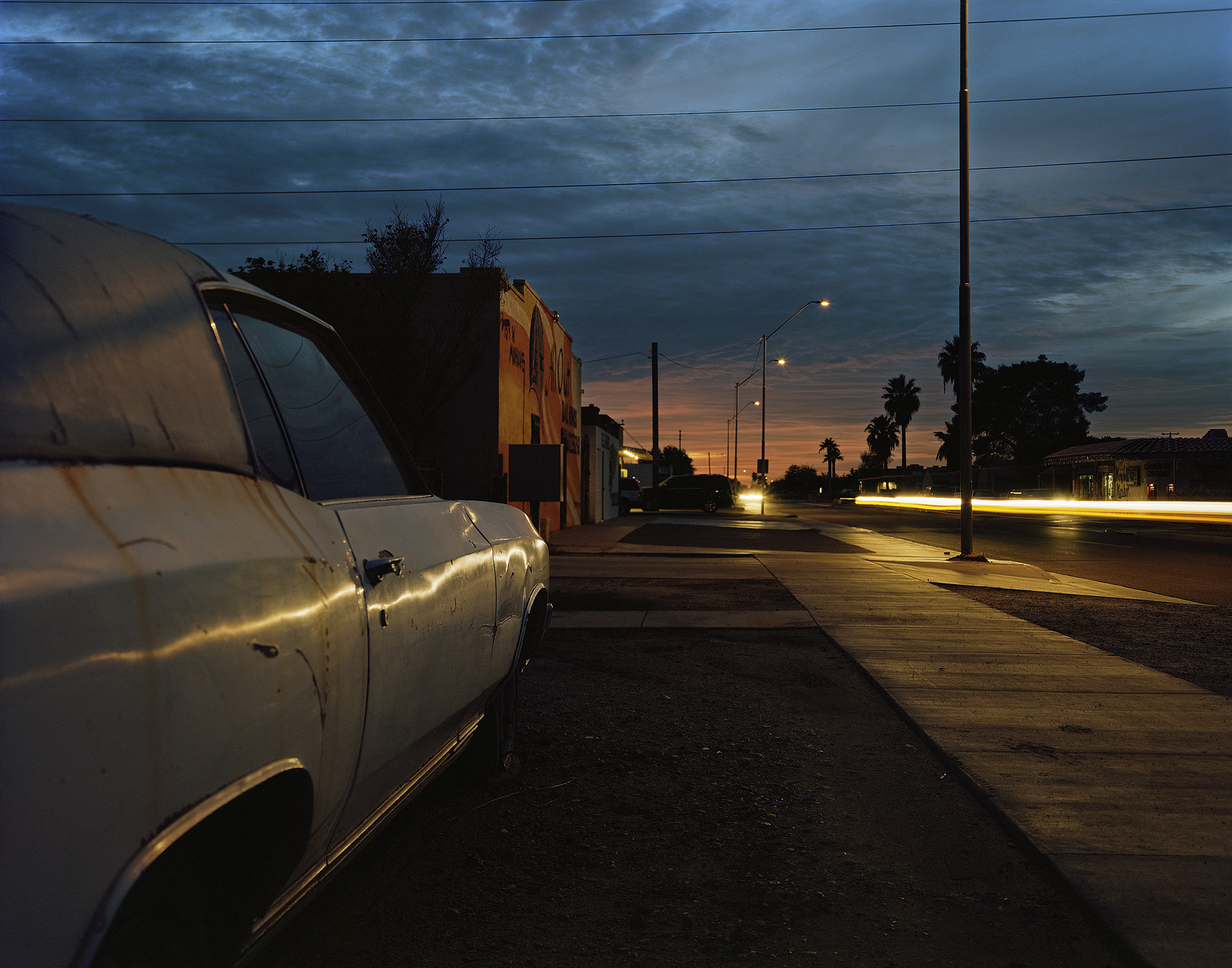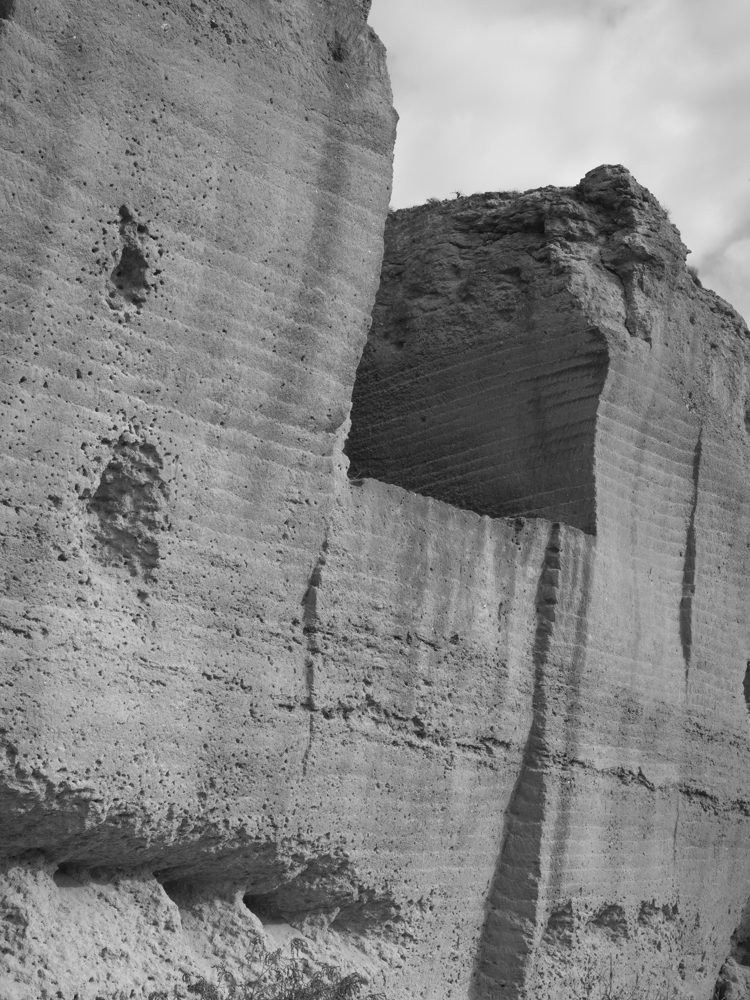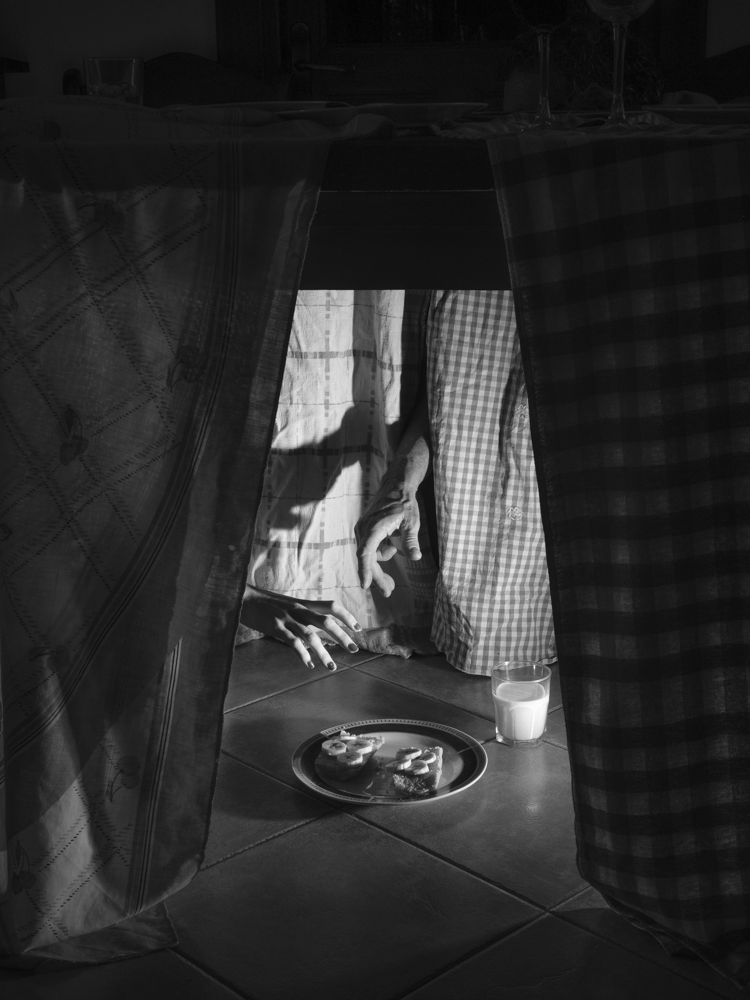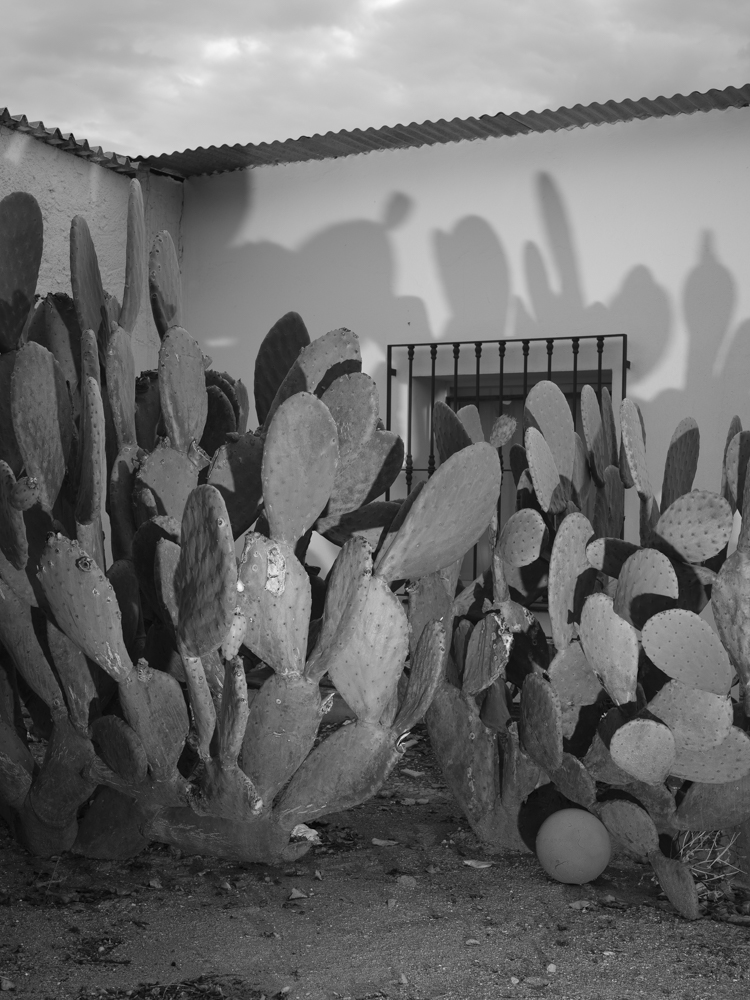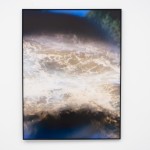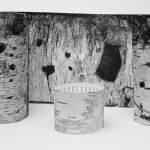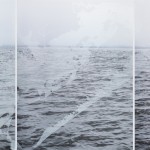Photographers on Photographers: Elena Bulet I Llopis in conversation with Eduardo L. Rivera
Eduardo L. Rivera and I met for the first time last September, for a studio visit at the beginning of my second year of MFA in Photography at Rhode Island School of Design. I was immediately struck by his kindness, openness to talk about work, and his generosity inside and outside class. He is committed both to the medium, to his students, and to his community in Phoenix, which he has photographed for about a decade. In winter we did an Independent Study Program for a month, in which he advised me weekly while I was developing a project in Almayate (Spain), the town in which one of my grandmothers was born. During those weeks, we talked for hours about methodology, about sequencing, about how to reflect on the past, and the role that imagination can play when recalling memories… After this year of sharing spaces, I wanted to take this opportunity to extend the conversation and dive deeper into his most recent body of work “The Sun Echoed Like A Song”.
Eduardo L. Rivera is an artist from Phoenix, AZ who currently lives and works in Providence, RI. Compelled by the poetics held in the everyday, he uses visual traditions such as portraiture, still-life, and landscape to consider notions of time, personal histories, and the significance of light.
His photographs have been exhibited throughout the United States, including solo and group exhibitions at Light Work, Syracuse, NY; Silver Eye Center for Photography, Pittsburgh, PA; and the Houston Center for Photography, Houston, TX, among others. He was awarded the En Foco Fellowship Award, the Massachusetts Cultural Council Fellowship, the Silver List Award, and runner-up for the Aperture Portfolio Prize. He has been an artist-in-residence at MASS MoCA, the Visual Studies Workshop, and the TILT Institute for the Contemporary Image. Eduardo earned a BFA in photography from Arizona State University in 2011, an MFA in photography from the Massachusetts College of Art in 2016, and attended the Skowhegan School of Painting and Sculpture in 2019. He has taught at Harvard University, theRochester Institute of Technology, and New York University Steinhardt and is currently a Visiting Assistant Professor at the Rhode Island School of Design.
Follow Eduardo L Rivera on Instagram: @e_____lr_____
Elena Bulet: Your project is titled “The Sun Echoed Like A Song”. What kind of synesthetic reverberations are present in the work?
Eduardo L Rivera: The title was born from my ever-present curiosity about my childhood town in Arizona and fascination with the rhythm of the sun, echoing light, and notions of home. However, when considering my work in terms of synesthesia, as you mention, I can’t help but think about the phrase afterimage; those residual dark shapes which appear after looking at the sun too long that eventually fade off into the ether. Perhaps the photographs in The Sun Echoed Like A Song can function in the same way: a long gaze at something important followed by an imprint of it on film that eventually transforms into some part of my imagination.
EB: Light seems to be a constant presence in your project. In the Contact Sheet published by Light Work, following up on your exhibition, we see light on a cracked poster of an almost burning sky, followed by an overheated fogged thermometer, and a room with a soft light filtered through a semi-translucent cream curtain. What is the meaning of light in your work?
ELR: There’s a beauty and terror in what light in the Southwest represents for me; it’s a life source that can be equally detrimental from overexposure, especially in the summer, and to those who may not have the privilege to escape the heat. For most of my work, including the grouping of images you’re describing, I’m interested in creating a contrast between the literal and metaphorical natures of light.
EB: I feel it also introduces the feeling of something spiritual in the photographs…
ELR: Yeah, I’d like to think so too. I’m influenced by the sacred significance of the sun and how its position between sunrise and nightfall can allow for moments of prayer, reflection, and devotion toward a greater source. Also, I grew up in a religious family but didn’t go to church often; however, I was still made to believe in an all-encompassing “presence”. In retrospect, this sentiment is beautiful but also haunting.
EB: In 2023, while you were teaching in Rochester, you also did a residency at the Visual Studies Workshop (VSW). In a conversation on their podcast, you were talking about how you worked with “weathered” archives, images sometimes forgotten on the trunk of a car, or found in the dirt of the backyard, which showed the erosion of the weather in several ways. What’s the role of these particular images, and your larger family archive in your work?
ELR: The family archive was my entry point into thinking about stories and histories. The writer Susan Sontag has a wonderful reflection on storytelling:
At the very center of the whole enterprise of storytelling is the fact that storytelling is an activity that faces in two directions. On the one hand, it’s connected with an idea of truth; on the other hand, it’s connected with an idea of imagination—fantasy.
ELR: This is a perfect analogy for photography. I often think about this in my own practice, especially one rooted in a documentary tradition.
So, when I look back at those weathered and cracked family photographs found in obscure areas around our home, I see a whole new momentum of possibilities from what the original photograph was intended for, and that’s exciting to me.
EB: I really appreciate the way you describe in your podcast for VSW your relationship with the photographs you make, and how you let every image influence the next one. Can you talk about your photographic process? In the past, you have helped me so much with sequencing… How do you approach it?
ELR: Like brainstorming before writing, making pictures freely without a clear direction can conjure up abstract ideas about ourselves and our interests. With enough note-taking, a collection of words or pictures begins to offer threads into the subconscious, and this is where I like to start. As I begin the editing process, I look for threads and gestures in the images through pairings or groupings and think about ideas like theme and intention; even a working title can be helpful. Ultimately, though, sequencing can feel like putting together a puzzle without a final image to reference. You have to shuffle things around until the pieces fall into place.
EB: What are the parameters that you set yourself to photograph?
ER: The most essential component for me is that very idea of a parameter. Giving myself structure while working allows for whatever exploration to reveal itself. For instance, if I want to make a grouping of pictures about my hometown, I give myself a working guide for the day, such as a specific city block or a particular time of day to photograph. Through that parameter, I’m free to make whatever I want without imposing too much on the outcome. For me, this process keeps the pressure off of naming something too soon and allowing space for the work to tell me what to do next.
EB: In your crits, you often recommend films as inspiration. But I also noticed your passion for music. What are your main references for your practice?
ELR: Both have played an enormous role in understanding and interpreting my environment; growing up, I was shaped by my family’s traditional Mexican music and contemporary movies about the American West. As my reference points evolve, I still consider how filmmaking and music connect to worldbuilding through rhythm, ambiguity, linearity, and experimentation.
EB: How do you balance being an educator as well as an artist? What do both of them mean to you and how do you approach them?
ELR: Both require great care, attention, and time from me. As a first-generation teacher coming from a familial background where art and education couldn’t be a priority, there were very few path ways that I could visualize or see myself on when I first became curious about art. So, needless to say, I feel a great deal of responsibility to both. Although finding a balance between teaching and art-making can be a juggling act at times, thankfully, they are synonymous with one another. Art-making influences my teaching, and teaching influences what I make. My students undoubtedly inspire me as well, and I feel I have learned more from them than they have from me.
Elena Bulet i Llopis (she/they) is a visual artist born and raised in Barcelona (1997). Her work addresses family dynamics in Spain, exploring how postwar and dictatorship shaped the country’s present. She uses photography, experimental video, and glass and steel sculptures to create installations that contend with processes of personal and collective memory.
She graduated with an MFA in Photography from the Rhode Island School of Design (2024). Prior to RISD, she studied the One-Year Certificate Program in Documentary Practices and Visual Journalism at the International Center of Photography (ICP) in NY (2021). Elena completed with honors her BS in Journalism from the Autonomous University of Barcelona (2020). She also participated in the XXXV Eddie Adams Workshop (2022).
Elena’s work has been exhibited in several group shows across the United States, at the ICP Museum and NADA East Broadway, NY; at The Humid, GA; at the RISD Museum and the Ladd Observatory, RI; and at Melkweg Expo, Amsterdam, among others. She also had screenings in theaters and festivals in Spain, Colombia, Mexico, and Rwanda.
She is a recipient of awards such as La Caixa Foundation Fellowship (2021), the RISD Commons Grant (2023), the TC Colley Award from RISD Photography (2023), the Lenscratch Student Prize Honorable Mention (2023), and is a Palm* Photo Prize finalist (2024).
Elena’s work has been featured in several printed and online publications like Lenscratch (US), Shift (US), diari Ara (Spain), Ctxt (Spain), El Salto (Spain), form Design Magazine (Germany), and Edited (Germany), among others.
Follow Elena Bulet i Llopis on Instagram: @elenabulet
Posts on Lenscratch may not be reproduced without the permission of the Lenscratch staff and the photographer.
Recommended
-
Paccarik Orue: El MuquiDecember 9th, 2025
-
Jackie Mulder: Thought TrailsNovember 18th, 2025
-
Interview with Maja Daniels: Gertrud, Natural Phenomena, and Alternative TimelinesNovember 16th, 2025
-
Mara Magyarosi-Laytner: The Untended GardenOctober 8th, 2025
-
Conner Gordon: The OverlookOctober 4th, 2025

